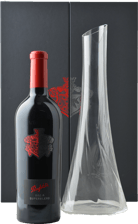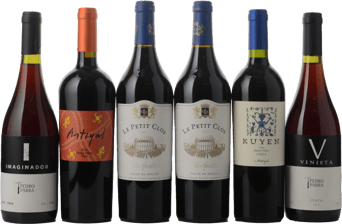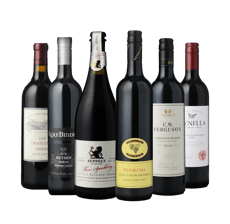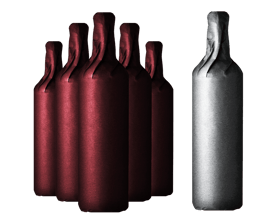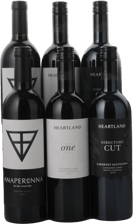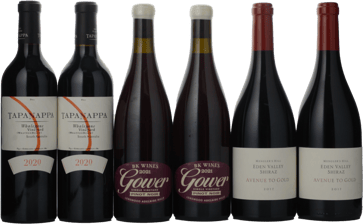Showing 65 products
Page 1 of 3
Showing 65 products
Page 1 of 3
100
JD
99
LPB
99
JS
$2,699.00
95
AH
94
JH
92
GW
$89.00
95
AH
94
JH
92
GW
$89.00
93
JA
91
AG
$70.00
Price reduced from
$80.00
to
96
JD
95
JA
95
DE
$235.00
Price reduced from
$275.00
to
96
JD
95
JA
95
DE
$235.00
Price reduced from
$275.00
to
$150.00
Price reduced from
$175.00
to
$150.00
Price reduced from
$175.00
to
97
AC
95
CM
$1,499.00
97
AC
95
CM
$1,499.00
95
HH
94
JS
94
PR
$105.00
95
JS
93
NM
92
LPB
$270.00
95
JS
93
NM
92
LPB
$270.00
96
JF
96
NS
96
JH
$270.00
Price reduced from
$300.00
to
96
JF
96
NS
96
JH
$270.00
Price reduced from
$300.00
to
96
JH
95
JH
95
NG
$225.00
Price reduced from
$350.00
to
96
JH
95
JH
95
NG
$225.00
Price reduced from
$350.00
to
$199.00
Price reduced from
$348.00
to
98
JS
$399.00
98
JS
$399.00
93
NS
92
HH
$40.00
98
JA
$299.00
Price reduced from
$325.00
to
98
JA
$299.00
Price reduced from
$325.00
to
$225.00
Price reduced from
$300.00
to
100
RV
99
JS
98
AG
$1,150.00
95
CM
95
TS
94
AC
$1,099.00








